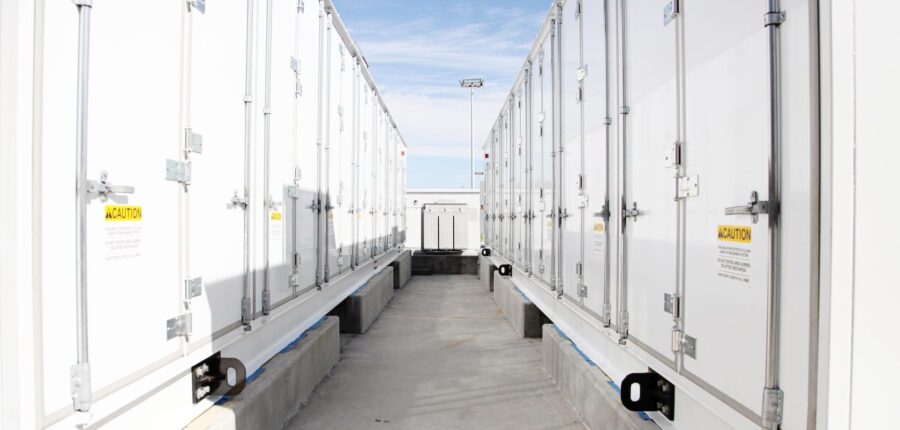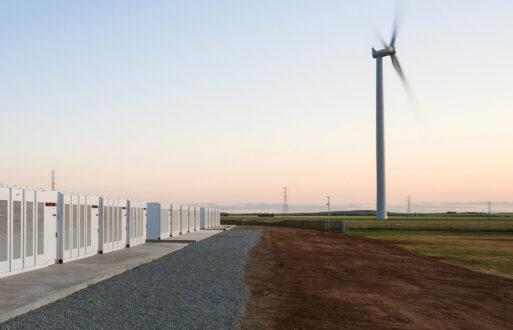A Three-Part Blog Series
Part 1: Southwest Power Pool Market Storage Resources
On February 15, 2018, the Federal Energy Regulatory Commission (FERC) issued Order 841, a landmark, unanimous, bipartisan order directing regional grid operators to remove impediments to electric storage participation in wholesale power markets. More than three years later, markets are finally implementing the changes required under the order, enabling Energy Storage Resources (ESR) to provide services that they’re technically capable of providing.
For a variety of reasons, the heavy lifting required to implement these changes has caused some delays. On May 17, 2021, FERC denied MISO’s request for an extension to implement tariff changes (initially due by June 6, 2022) until March 1, 2025. MISO claimed it has been “…placed in an unenviable position of choosing a path between conflicting goals that could jeopardize our capability to operate our 15-state wholesale grid reliably, efficiently, and securely.”
However, as the ESR implementation plans come more sharply into focus, PCI is starting a blog series on the progress of organized wholesale markets to implement FERC-ordered tariff changes. The series will focus heavily on the nuances and lessons learned following the completion of various ISO-sponsored market participant training classes.
SPP’s Current Response & Preparations
In May of 2021, the Southwest Power Pool (SPP) released a self-study curriculum to help market participants prepare to introduce ESRs into its Integrated Marketplace (IM) in compliance with FERC Order 841. Market participant learning goals outlined in the SPP Learning Center (LMS) address the following aspects of how SPP Market Storage Resources are:
- Registered
- Committed
- Deployed
- Settled
Key highlights associated with these four topics are outlined below.
Market Storage Resource Registration
- Only an ESR may register as a Market Storage Resource (MSR), although not required.
- An MSR is modeled as a generator and may provide all market products. Therefore, the output can be positive or negative.
- An MSR must provide 0.1 MW for at least one hour to be eligible for any product in the SPP IM. It must also provide derated one-hour capacity value.
- The registered maximum State of Charge (SoC) is used to validate the resource’s offer.
Market Storage Resource Commitment
- The Charge/Discharge limits for MSRs are used instead of the Capacity Operating Limits of non-MSR resources.
- The ESR Loss Factor is the parameter needed for the Market Monitoring Unit.
- The SoC forecast is used for forward-looking market studies, including for the DA market and RUC.
- MSRs are committed, dispatched, and deployed the same as non-MSR resources, but with the ability to have negative output, which represents a resource that is charging in the market.
- How a Market Storage Resource is committed, dispatched, and deployed is dependent on its mode of operation.
- Charge
- Discharge
- Continuous (both Charge and Discharge)
- The market participant (MP) must enter “0” in the Charge and Discharge Minimum Limits to indicate it is continuously dispatchable to the market.
- Market participants are the default managers of the SoC, and SPP receives the SoC Forecast and Current SoC, which it uses as inputs. SPP accepts these values at face value.
Market Storage Resource Deployment
- Discharging Market Storage Resources can provide not only energy but also operating reserves. They are cleared and deployed like non-MSRs having:
- Regulation Up
- Regulation Down
- Spinning Reserve
- Supplemental Reserve
- Charging MSRs can also provide Regulation and Contingency Reserve to the market.
- Energy dispatch modifies the Market Storage Resource’s SoC.
- Cleared Operating Reserve may not modify the SoC since deployment is not guaranteed.
- SPP’s Cleared Operating Reserve has a 50% chance of deployment and, therefore, a 50% impact on the SoC.
- MSR deployment of operating reserves impacts the SoC just as the dispatch of energy does. However, Cleared Operating Reserve does not always get deployed. Therefore, to enforce the maximum and minimum SoC constraints, Cleared Operating Reserves will impact the resources by SoC by 50% of the cleared product.

Market Storage Resource Settlements
- Each Market Storage Resource has one Meter Data Submittal Location (MDSL).
- Submit positive meter values if the MSR charges
- Submit negative meter values if the MSR discharged
- Since Market Storage Resources can inject like a resource and withdraw like a load, SPP ensures accurate settlement charges and credits

- An MSR may receive a credit via the Out-Of-Merit-Energy (OOME) charge type if it receives an OOME Dispatch Instruction to charge.
Energy Storage Resources are the key to achieving renewable energy targets and decarbonization efforts. Wholesale power markets are looking to embrace this technology by integrating it into an overall grid solution. PCI is engaged with SPP through its focus-group meetings as stakeholders continue to discuss the integration of ESRs into the Integrated Marketplace. PCI aims to provide clients with (a) consultation and guidance while SPP navigates the Market Storage Resource integration process and (b) ensures a robust implementation of any deployed changes to the PCI Platform.
FERC Order 841 & Energy Storage Integration in Wholesale Power Markets: A Three-Part Blog Series
- SPP Market Storage Resources and FERC Order 841 < You are here
- CAISO Energy Storage and FERC Order 841
- PJM’s Capacity Market and FERC Order 841







